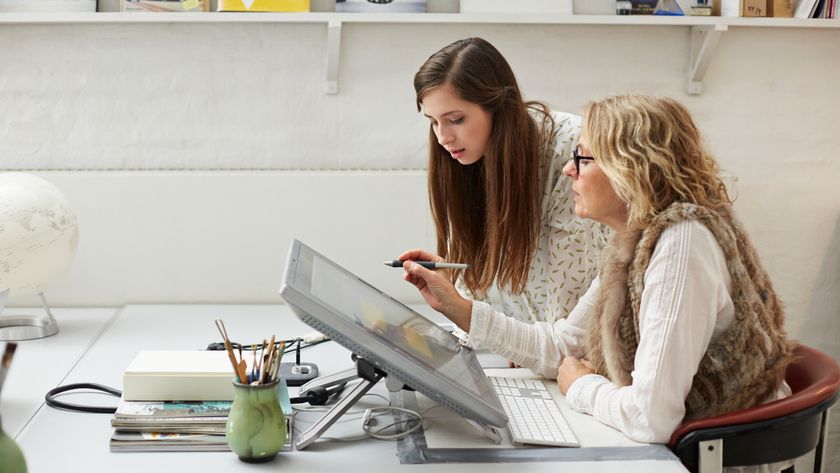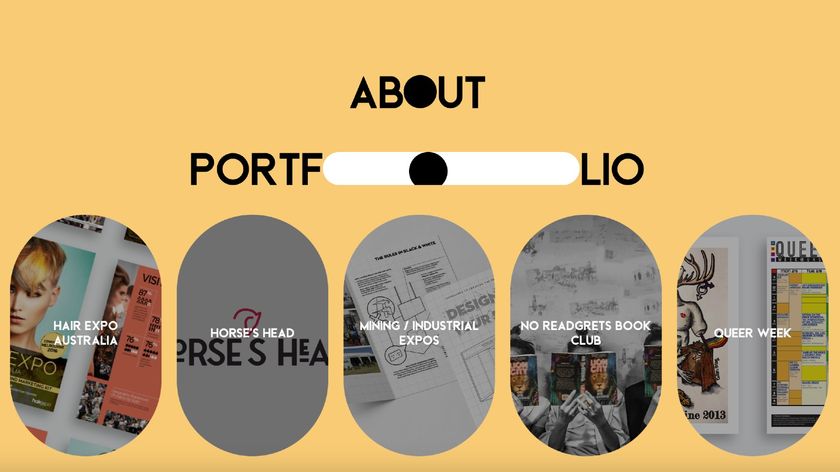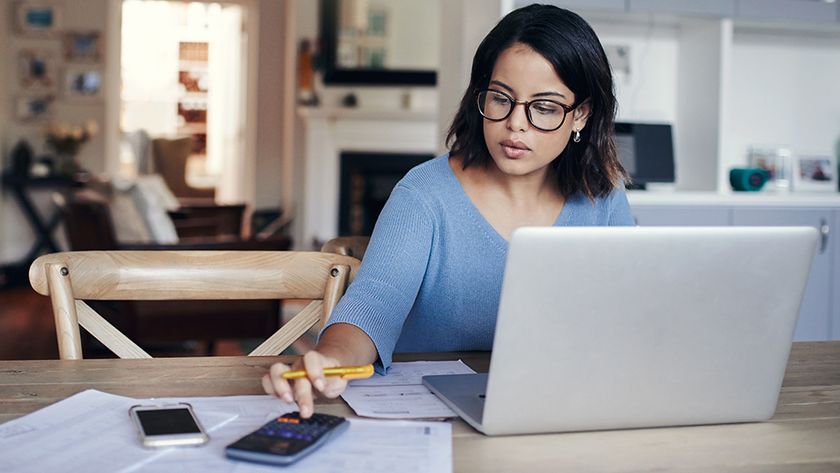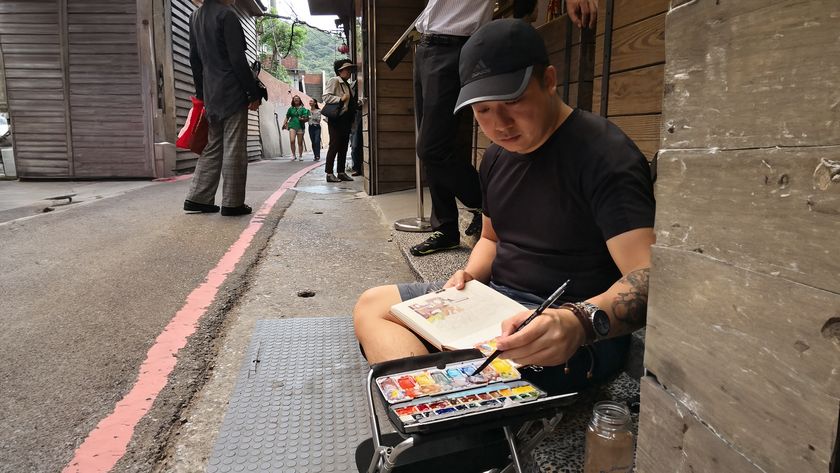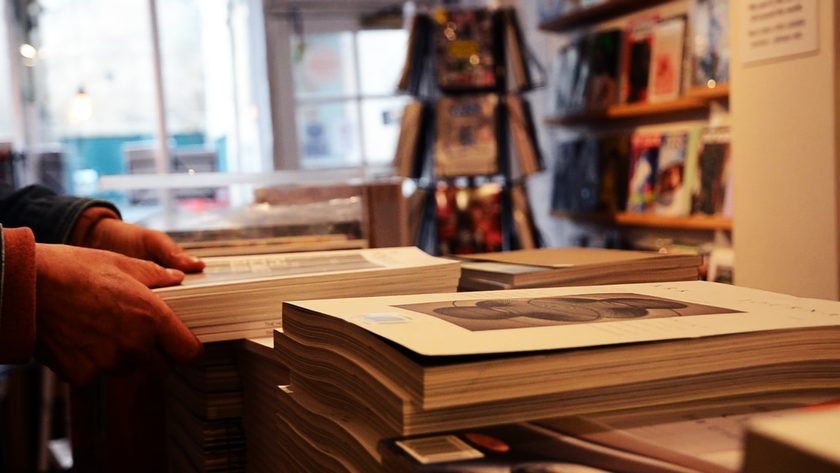6 ways to save money as a freelancer
Keep your finances under control with our expert advice.
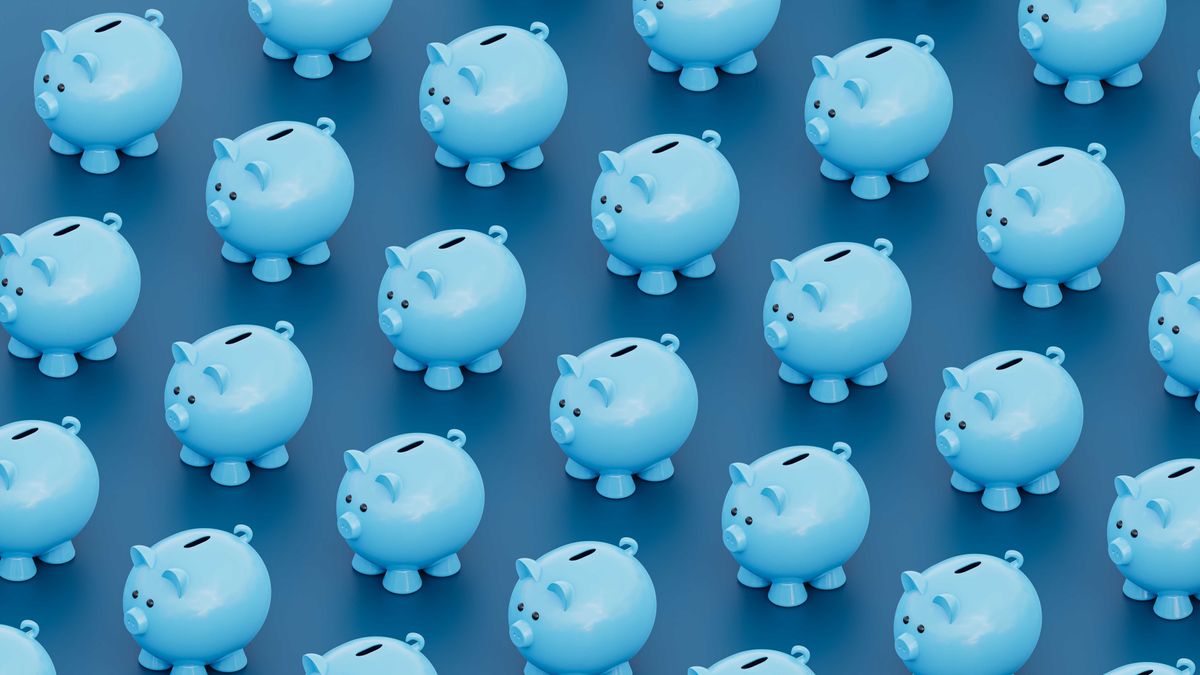
Freelance life can be hugely rewarding. Get it right, and you can balance greater freedom with a healthier work-life balance and a better day rate. What's not to like?
Well, as any freelancer will tell you, the lifestyle can also bring its fair share of worries. Not only are you responsible for bringing every piece of work in, and juggling your own time and resources to get it all done – but you also have to worry about financial hurdles such as taxes, out-of-pocket expenses and that all-too-common bugbear, late-paying clients.
Work can come in peaks and troughs. And even if you've been solidly busy for weeks you can end up short of cash while those unpaid invoices are being processed.
A common piece of advice is to bank three months' salary before taking the plunge: that buffer can be invaluable in the first year. But even established freelancers can be hit by fallow periods, and you might end up eating through your savings pot quicker than you'd like.
Sound familiar? Read on for six handy ways to solve your freelance cashflow woes (make sure you also see our articles on how to save on equipment, including the best student laptops and the best tablets under $200).
01. Set up a zero-sum budget

Household budgets are flexible by necessity. Unexpected expenses can crop up at any time, and no one wants to have their lifestyle dictated by a spreadsheet. But at least when you're employed, a pay cheque comes in like clockwork.
When you're a sole trader, business and personal finances tend to merge, whether you like it or not. Even if you have separate bank accounts, if a client doesn't pay on time then you might have to cancel that holiday.
One way of maximising your money during peak periods is to adopt a 'zero-sum' budget. This effectively means all the money in the bank is accounted for, and you return to zero at the start of the next month – on paper, at least – rather than having extra money sitting in the account ready to be spent.
The first step is to track all your expenses, as accurately as you can, for three months. While fixed expenses such as rent/mortgage, utilities and so on are easy to predict, it's the flexible expenses that are more unpredictable – and more easily cut.
Once you've found an average of your monthly expenses, measure that figure against your average revenue – then you can set a budget.
In addition to all your normal day-to-day expenses, allocate a fixed amount for longer-term savings, and another fixed amount for short-term savings that can also contribute towards unexpected small costs.
02. Watch your flexible spending
Tracking your flexible costs is a useful exercise in more ways than one: if the security of a regular monthly income meant you didn't worry too much about non-essentials and luxuries, you may actually be surprised how much you spent on certain things.
You might also be surprised how easily you can cut them back if you really need to, with a little self-discipline. If you work from home, it's easier to cut back on things like lunches out, drinks after work and expensive morning coffees, not to mention commuting costs.
Grocery shopping is a lot more efficient if you plan in advance and buy in bulk with a week or so's worth of meals in mind. And get in the habit of comparison shopping and negotiating wherever you can for things like phone, broadband and TV. There are always ways to shave money off your monthly outgoings.
03. Know what's tax deductible
As a freelancer, a surprising amount of things can be offset against tax – almost anything you require to do your job, in fact. This can include advertising, travel, mileage, furniture, hardware, software, insurance and much more.
Even if something is partly for personal use, you can divide it appropriately and deduct the business portion. If you run a home office, for instance, monthly payments such as mortgage interest, rent and utilities are partially tax-deductible.
However, if cashflow is tight, then beware of using an item's 'tax deductible' status as an excuse for purchasing it when it's not entirely necessary. Before making the purchase, make an impartial assessment of whether you need it for your business right now, or if it can wait until your finances are healthier.
04. Get your taxes in order
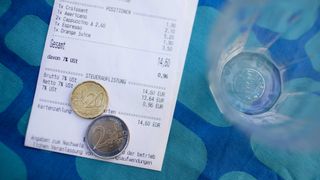
Filing the annual tax return is a major headache for any self-employed professional, but putting it off until the last minute will not only stress you out – it could also cost you more than you should be paying.
Missing the tax return deadline entirely will incur penalties, but even if you make it, hurriedly pulling your expenses together from a stack of loose receipts means you're likely to miss something.
Once the tax year is over, there's no reason not to file your tax return right away so you know exactly how much you owe, and can budget for it. It also gives you plenty of time to check and double-check your expenses.
Freelancer-focused accounting software such as FreeAgent or Solo can help you stay on top of things, but it's good practice to put aside the necessary percentage of every invoice that's paid, and treat it as untouchable unless you absolutely have to. Don't be left with an insurmountable tax bill down the line.
05. Have a longer-term goal in mind
This may seem academic in a month when you're hand-to-mouth, but having a long-term plan for your surplus income during the year – whether it's paying off debt more quickly, your kids' college fund, topping up your pension, or a nice family holiday – will help you ring-fence surplus cash.
A useful rule of thumb is to aim to live on 50 per cent of your income. That's the fixed, bare-minimum cost of living if all non-necessities are stripped away. If another 30 per cent covers flexible expenses, that leaves 20 per cent for long-term savings.
Ultimately, it's about getting out of a feast-and-famine mindset. Figuring a specific target into a zero-sum budget is one way of ring-fencing extra money each month, and if you pay it straight into a separate account before you figure in the flexible expenses, it's easier to adjust them.
While any money you can allocate for these types of goals is less essential to replenish than your tax fund, if and when you do need to dip into your savings, there's more incentive to top them back up if they serve a greater purpose.
06. Increase your freelance rates

No matter how disciplined you are with your savings, if you're simply not earning enough to hit those ideal 50-30-20 margins over the year then there's only so much you can do to trim back your flexible costs.
If you don't have enough work coming in, you may need to take a hit upfront and spend money to make money – on things like carefully targeted self-promotion and marketing. But if you're not short of work and still can't make ends meet, it may be time to take a look at your rates.
Are you charging enough for what you offer, and are underselling yourself compared to standard industry rates? Look out for salary surveys in the design press, or just be upfront with freelance peers and ask for advice about day rates.
If you've been working with a client for a while with an impeccable track record, there's no harm in trying negotiate a better rate if you approach it in the right way. Don't beg, or be overly demanding – be clear, confident and upfront about why your experience is worth more. Even a relatively small change to a day rate can make a big difference over the year.
Related articles:
- How to make money on Instagram as a creative
- How to sell on Etsy: 7 tips for making money from your art
- Apple Prime Day deals

Thank you for reading 5 articles this month* Join now for unlimited access
Enjoy your first month for just £1 / $1 / €1
*Read 5 free articles per month without a subscription

Join now for unlimited access
Try first month for just £1 / $1 / €1
Get the Creative Bloq Newsletter
Daily design news, reviews, how-tos and more, as picked by the editors.

Nick has worked with world-class agencies including Wolff Olins, Taxi Studio and Vault49 on brand storytelling, tone of voice and verbal strategy for global brands such as Virgin, TikTok, and Bite Back 2030. Nick launched the Brand Impact Awards in 2013 while editor of Computer Arts, and remains chair of judges. He's written for Creative Bloq on design and branding matters since the site's launch.
